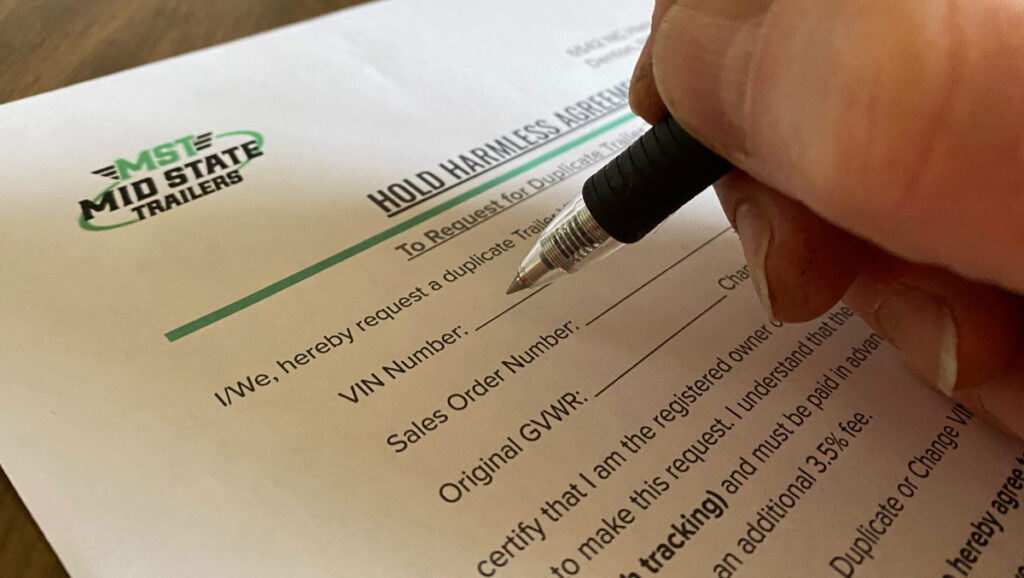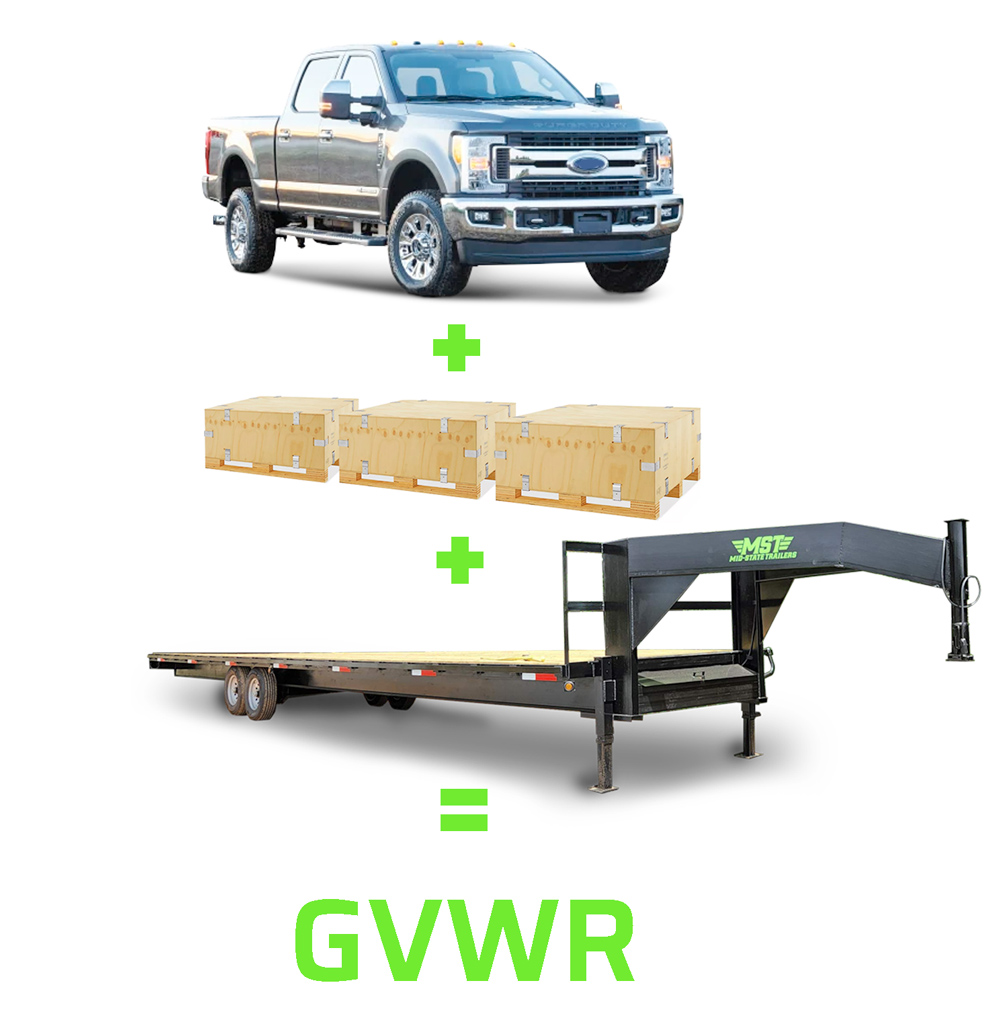How to Derate a Trailer

If you’re knee-deep in the hot shot trucking world, you’ve probably scratched your head over the concept of derating a trailer. What’s more, navigating the world of trailer regulations can feel like tiptoeing through a regulatory minefield. Why in the world would you want to mess with that shiny GVWR label plastered on the side of your trailer? Seems like something best left as is, no? Well, buckle up because we’re about to demystify the art of derating and explore why it’s not as crazy as it sounds. In this blog post, we’ll review the practical reasons behind the practice, understand the critical terms involved, and explore the ways you can go about this process without compromising safety or legality.
Understanding the Basics: GVWR and VIN Labels
Before we dive into the nitty-gritty of derating, let’s shed light on a couple of crucial terms: GVWR (Gross Vehicle Weight Rating) and VIN (Vehicle Identification Number) labels. We explained all this and more in our last blog on the topic, which you can find here, so this review will cover just the basics.
GVWR Unveiled:
GVWR represents the maximum weight a fully loaded vehicle is rated to safely carry, including its own weight and the weight of any passengers and cargo. For trailers, this is a vital metric, ensuring that you don’t overload your rig and compromise safety on the road. It’s like the maximum capacity stamped on your trailer’s imaginary weight scale.
Now, why would you want to tamper with this weighty business? Well, that’s where derating comes into play.
Demystifying Derating: Why Downgrade?
Contrary to what it may seem, derating a trailer has nothing to do with diminishing its actual capabilities. It is not a physical process that alters or affects how the trailer is made. It’s all about what the VIN label, that shiny aluminum tag on the driver’s side, declares your trailer can do. Derating involves obtaining a VIN label that understates the trailer’s actual engineered capacity, ensuring it remains below the regulatory radar.
But, why go through the trouble of reducing your trailer’s stated capacity? Here’s the plain truth: derating becomes crucial when you aim to keep your truck and trailer combination below the 26,000 lb threshold. This magic number isn’t arbitrary; it’s a legal distinction that can impact the licensing requirements and regulations governing your hot shot trucking venture.

